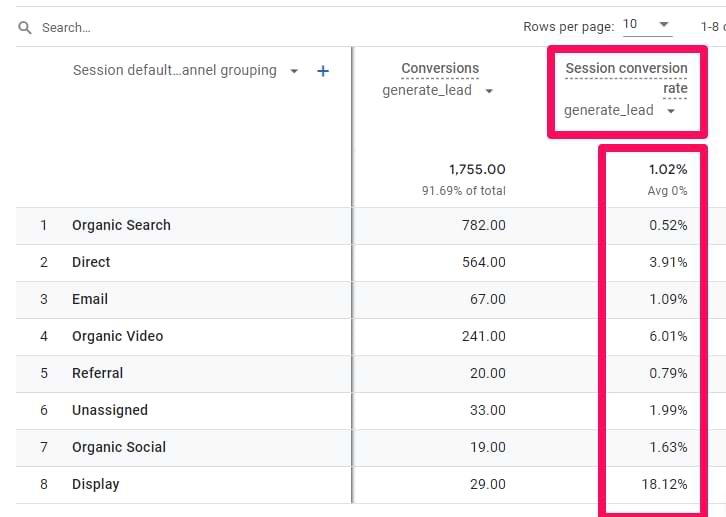Setting Conversion Expectations and Goals for Long Sale Cycle Products
In the world of sales and marketing, not all products and services are created equal. Some have a quick and straightforward sales cycle, while others require a more patient and strategic approach. When it comes to long sales cycle products and services, setting realistic conversion expectations in your digital marketing becomes an essential part of your strategy.
First, let's clarify what we mean by a long sales cycle. Long sales cycles typically involve products or services that require a significant investment of time and resources from both the seller and the buyer. These can include complex B2B solutions from large equipment to system integrations.
The Importance of Realistic Conversion Goals
Setting realistic conversion expectations and goals in your digital marketing for long sales cycle products and services is crucial for several reasons:
Focus and Direction: Conversion goals provide a clear sense of direction for your sales and marketing teams. Without specific goals in place, it's easy to lose sight of the big picture and get lost in the day-to-day tasks.
Measuring Progress: Goals allow you to track your progress over time. By regularly monitoring your conversion rates, you can identify areas that need improvement and make data-driven adjustments to your strategy.
Resource Allocation: Long sales cycles often require substantial resources. Setting conversion goals helps you allocate these resources efficiently, ensuring that you invest in the most promising leads and opportunities.
Google Ads Conversion Rate chart - showing the average conversion rate in Google Ads across all industries (chart provided by WordStream)
Tips for Setting Conversion Expectations
Now, let's delve into some practical tips for setting conversion goals for long sales cycle products and services:
Understand Your Funnel: Before setting conversion expectations, it's essential to have a deep understanding of your sales funnel. Identify the various stages prospects go through, from initial awareness to final purchase, and consider where conversions occur within this journey.
Sales Funnel Example
Segment Your Audience: Different prospects may have different needs and timelines. Segment your audience based on their readiness to buy, and set conversion goals tailored to each segment. For example, you might have separate goals for leads in the early research phase and those in the final decision-making stage.
Set Realistic Timeframes: Long sales cycles require patience. When setting conversion expectations, be realistic about the time it takes to move prospects through the funnel. It's better to achieve steady progress over time than to set overly ambitious, short-term goals that lead to frustration.
Use Data and Analytics: Leverage data and analytics tools such as GA4 to track your conversion rates accurately. Analyze the data regularly to identify trends and make informed adjustments to your strategy.
GA4 Conversion rate reporting example
Align Sales and Marketing: Effective communication between your sales and marketing teams is essential. Ensure that both teams are aligned with the conversion expectations and work together to achieve them.
Continuous Optimization: Your conversion goals should not be set in stone. As you gather more data and gain insights into your long sales cycle, be prepared to adjust your goals and strategies accordingly.
By understanding your prospects' buying timeframes, you can navigate the challenges of long sales cycles and ultimately drive success in your business.






